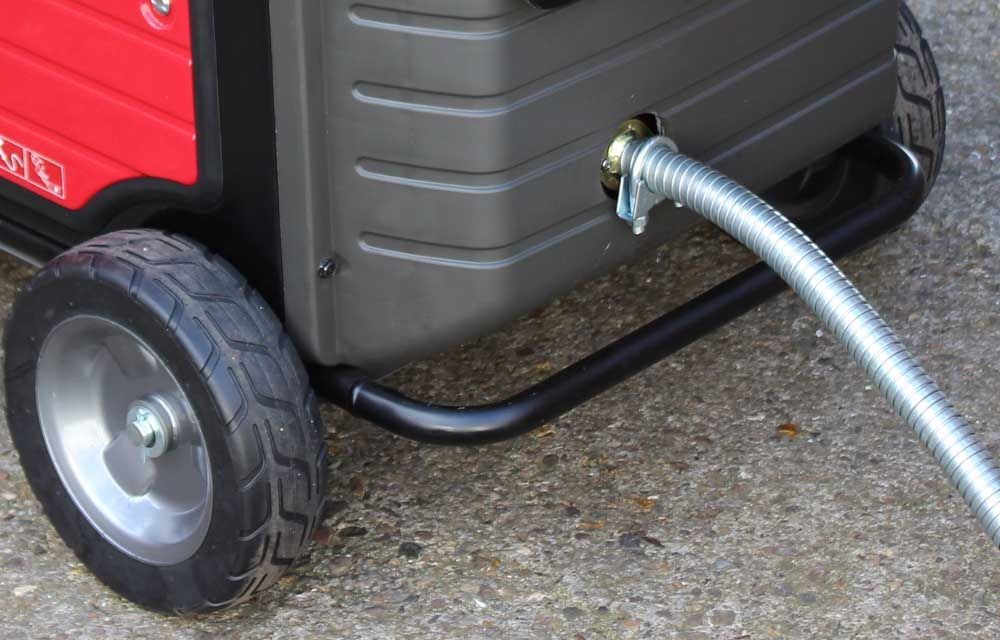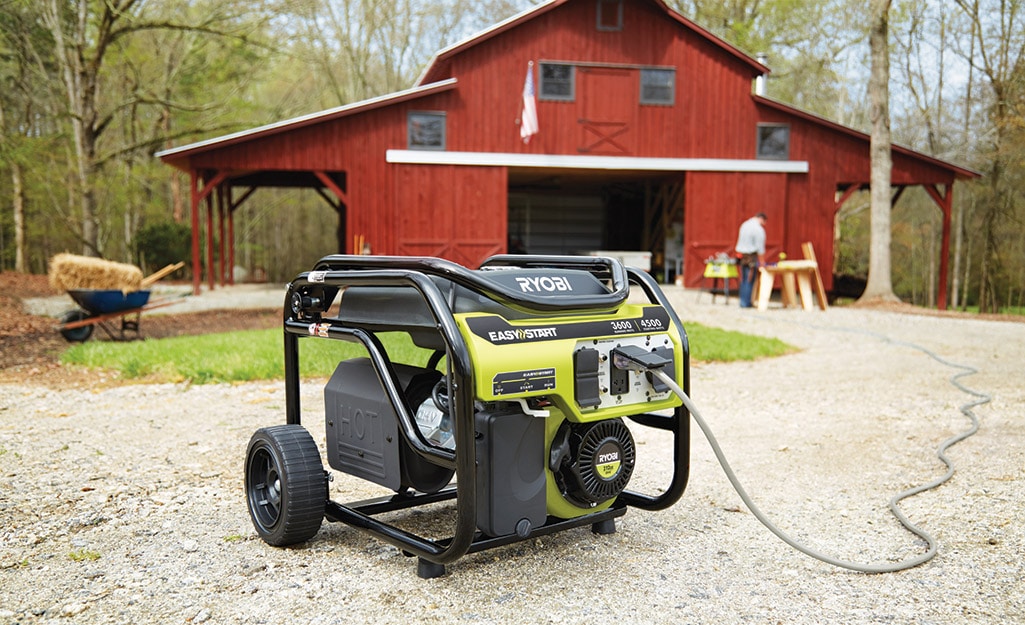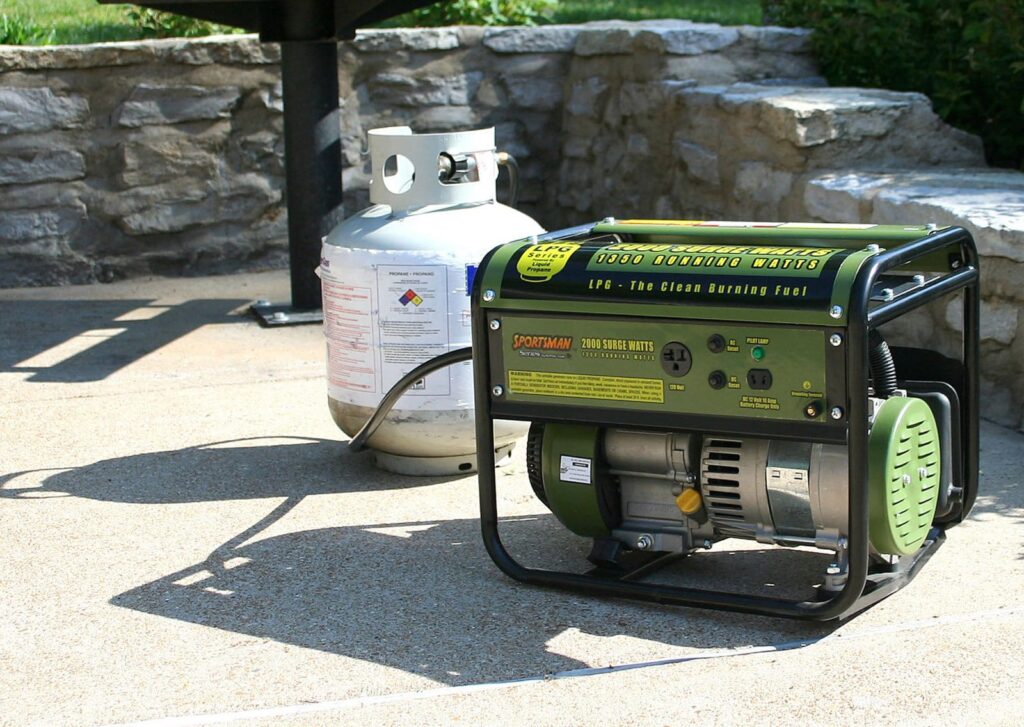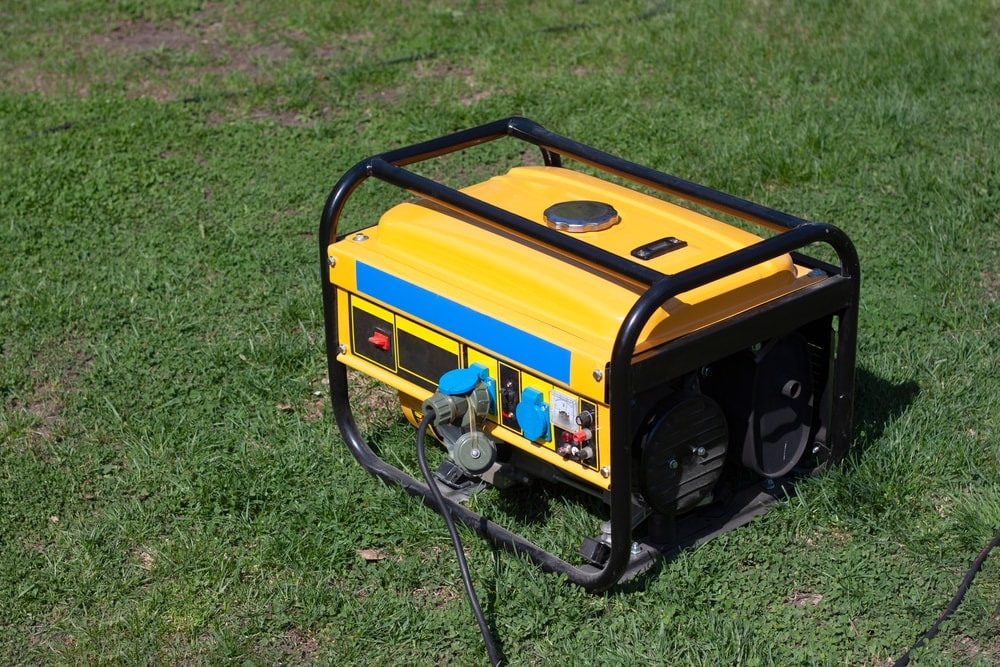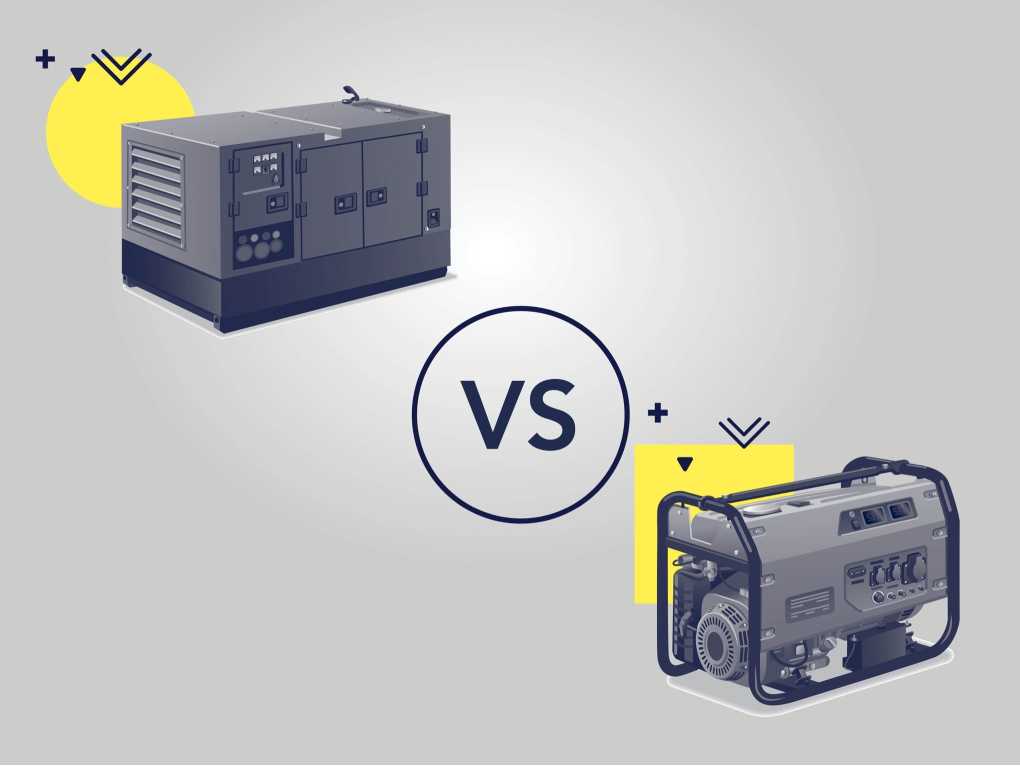When the lights go out suddenly, generators come in handy. You can go on about your business when you have a generator. However, they are very complex machines and will need to be serviced regularly. If you want your generator to serve you a long time, you will need to do some generator troubleshooting. Regular maintenance helps keep your generator in working condition so that it will be useful during emergencies.
Troubleshooting can be done without a professional. You don’t have to wait for an emergency before you check your generator. Just as with other machines, generators tend to give their problems. When you troubleshoot your generator, you can know the likely cause of the problem it has. When your generator is giving problems, you can know how to solve them. Most of the problems that arise are because it is not properly cared for. In this article, we will show you the common generator problems and how you can solve them.
When it comes to generators, many questions come to mind. If you don’t know anything about your generator, your user manual will be your guide. It answers every question relating to your generator. From the user manual, you will learn how to start your generator, understand where each of the parts is and solve the common problems it gives. Always refer to your user manual whenever you are troubleshooting.
It can be a bit frustrating when there is an emergency, and you cannot use your generator. Your generator may stop working for many reasons. However, you can only know the problem when you troubleshoot. If you are troubleshooting, make a checklist of everything you need to look at. Here are some of the common issues your generator will possibly give.
If you haven’t used your generator for some time, it could be the reason it refuses to start. You will need to do generator troubleshooting to determine the problem. Check which parts are broken or need replacement. If that is not the problem, you can check the fuel valve; it could be that there is old gas in the fuel filter. The generator may not start because of a leak in the line.
When your generator runs for a few seconds then stops, it could be that the voltage regulator is faulty. The voltage regulator is responsible for sending the required voltage to the battery from the alternator. When it is faulty, the battery will drain quickly and cause the generator to shut down. If you have to continue jumpstarting the battery to get the generator to run, you need to replace the voltage regulator. Also, the battery can keep dying because of a problem with the alternator. You will need to test the alternator with a multimeter to see if it is working properly.
If you notice that the engine keeps shutting down when running, the problem could be from the air filter. If the air filter is working properly, check for a clogged fuel filter or low gas. If none of this is the problem, you may be overloading the generator. You should get a good generator that can power all your appliances. There are good products you can get like Champion. Champion remains the most reliable name in the industry, the Champion 3400-Watt Dual Fuel RV Ready Portable Inverter Generator is great for both homes and offices.
Leaks can happen when there is a generator. Depending on where the hole is, it can cause a gas or a coolant leak and will affect the generator. When you notice a leak, check where it is because it could likely just be a wet stacking, condensed water, and accumulated unburned fuel. Leaks from the coolant can be caused by a faulty engine block heater. You will need to check the block heater to see if it has any issues and fix it.
Another problem with your generator can be caused by small pests. Pests like mice and cockroaches prefer to hide in warm and dark places. They can find their way in an enclosed space in your generator. Their presence will affect your generator’s performance. These pests will likely chew on the cables or block some parts of the generator with their feces. You need to open up your generator and check for any signs of pest infestation.
If the air filter and the engine choke are working properly, there will be sufficient airflow in the generator’s engine. However, if the choke shifts position, the airflow will be disrupted, and the air won’t be sufficient to sustain the burning fuel. This happens most times during the winter, and it can cause the generator to stop working.
When this happens, check if the choke is in its proper position and also see if the air filter is clean. Clean and remove any debris that might have accumulated in the air filter.
Generators cannot run without engine oil like car engines. If the oil Trusted Source Change Your Own Oil - The Washington Post A car’s oil is its blood: It smooths the engine’s ferocious frictions by providing essential lubrication. But the slippery substance breaks down over time, collecting microscopic bits of dirt and water that wreak havoc on your motor. That’s why, every 3,000 miles, you have to schlep to the auto shop to get it changed. www.washingtonpost.com is not sufficient, it can cause the generator to stop working and even damage its engine permanently. You must check the oil levels regularly, especially if your generator doesn’t notify you. If the oil is low, top it up.
One of the common problems with generators are clogged carburetors. It is the reason why the generator won’t run smoothly. If your generator is running rough, you will need to disassemble the carburetor and clean it. It is not an easy process, and it takes time. The quickest way around it will be to open the choke and spray in the carburetor cleaner. However, the best way to check for the problem is by disassembling the carburetor.
Here are some safety tips to follow when troubleshooting.
It is important to maintain your generator regularly if you want to prolong its lifespan. Anyone can do generator troubleshooting; you don’t need to have all the technical know-how. If you cannot do the troubleshooting yourself, have a professional do it for you. Get a good generator that would not give you problems. According to most reviews, the WEN 56203i Super Quiet 2000-Watt Portable Inverter is one of the most reliable portable generators. It has an automatic shut off function that allows you maximise your generator’s safety. Remember to always follow safety guidelines when using your generator to keep you and your family safe.
